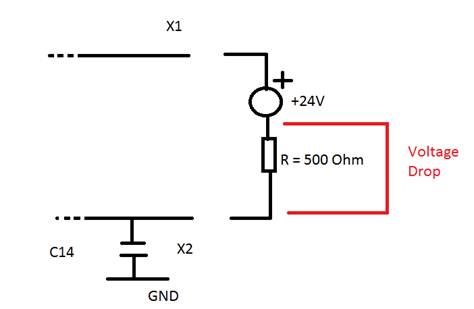Hello,
while using a resistor to set Rs the XTR101 acts correctly.
Into an ATE as I am using a Pickering 40-297 PXI card (Resistor card) in order to change multiple Rs values the XTR101 does not works correctly.anymore.
Is there any relation between a 'moving' Rs value versus a fixed one that can generate the wrong behaveiour?
I can confirm the Pickering card works correctly since each time I set a fixed res value and measure it , I measure the expected value (UUT disconnected).
Thanks,Giuseppe


